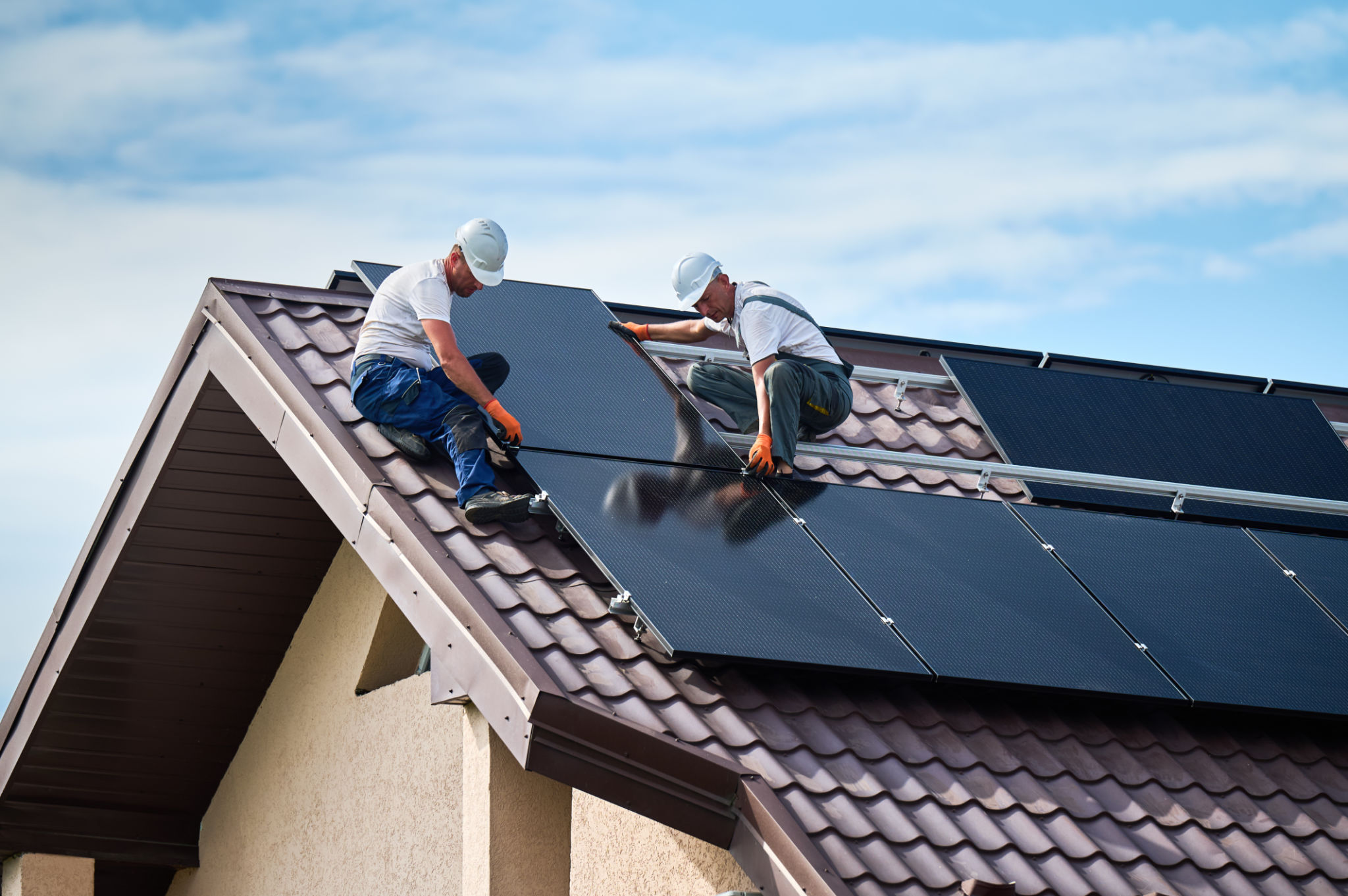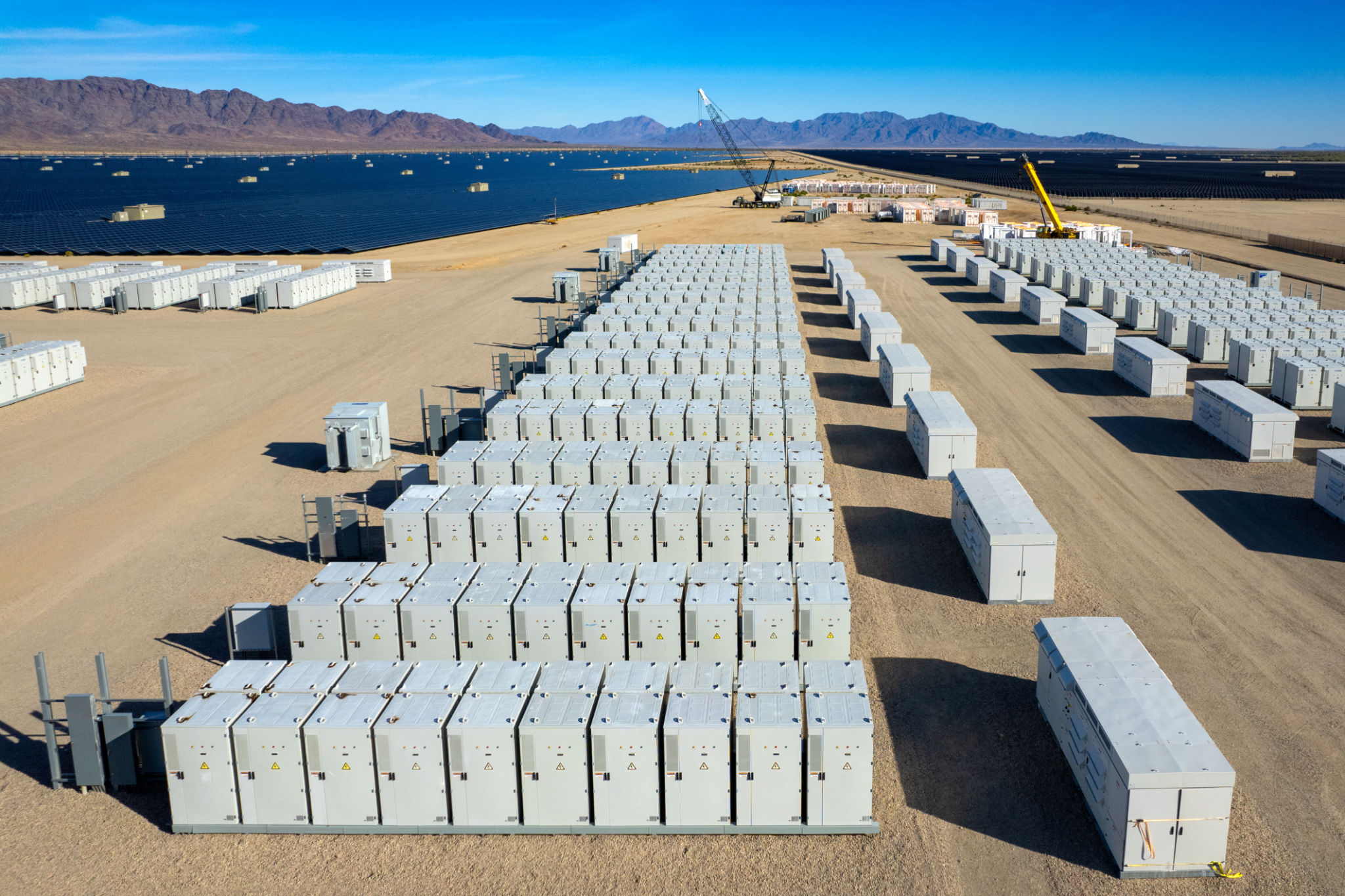A Guide to Setting Up a Solar Microgrid in Central Texas
Understanding the Basics of Solar Microgrids
Solar microgrids are becoming an increasingly popular solution for energy independence and sustainability, especially in areas like Central Texas. A solar microgrid is a local energy system that incorporates solar panels, energy storage, and sometimes a backup generator, allowing it to operate independently from the main power grid. This setup not only reduces electricity costs but also enhances energy security during outages.
The fundamental components of a solar microgrid include photovoltaic panels, inverters, battery storage, and a control system. These elements work together to capture, convert, store, and distribute energy. Understanding these components is crucial before setting up your own microgrid.

Assessing Your Energy Needs
Before installing a solar microgrid, it's essential to assess your current energy consumption. Start by analyzing your electricity bills over the past year to understand your average usage. Consider peak times when your energy demand is highest. This information will help determine the size and capacity of the solar system you need.
Conducting an energy audit can also identify areas where you can improve efficiency. Reducing unnecessary energy usage can significantly decrease the size and cost of the solar microgrid required.
Choosing the Right Solar Equipment
Selecting the appropriate solar equipment is vital for an efficient microgrid. When choosing solar panels, look for those with high efficiency and durability to withstand the Central Texas climate. Monocrystalline and polycrystalline panels are popular choices, each offering different benefits in terms of efficiency and cost.

The inverter is another critical component as it converts direct current (DC) produced by the solar panels into alternating current (AC) used by most household appliances. Consider investing in a quality inverter with a good warranty and support services.
Battery Storage Solutions
Battery storage is essential for a solar microgrid since it allows you to store excess energy generated during the day for use at night or during cloudy periods. Lithium-ion batteries are commonly used due to their efficiency and long lifespan. When selecting a battery, consider capacity, charge and discharge rates, and warranty.
Properly sizing your battery storage will ensure that you have enough backup power to meet your needs without overspending.

Installation and Maintenance
Once you've selected your equipment, it's time for installation. Hiring a professional solar installer is recommended to ensure that everything is set up correctly and safely. The installer will handle permits, inspections, and connections to the grid if necessary.
Regular maintenance is crucial to keep your solar microgrid functioning optimally. This includes cleaning solar panels, checking connections, and monitoring system performance. Most modern systems come with monitoring apps that allow you to track energy production and usage from your smartphone.
Financing Your Solar Microgrid
While the initial investment in a solar microgrid can be substantial, there are several financing options available. Federal tax credits, state incentives, and local rebates can significantly reduce costs. Additionally, some companies offer solar leasing or power purchase agreements (PPAs), which allow you to pay monthly for the electricity generated by the system without owning it outright.
Researching available incentives and financial products can help make your solar microgrid project more affordable.
The Benefits of Going Solar in Central Texas
Adopting a solar microgrid in Central Texas offers numerous benefits. The region's abundant sunshine provides an excellent environment for solar energy production. By generating your own power, you reduce reliance on the grid, protect against rising energy costs, and contribute to environmental sustainability.

Furthermore, solar microgrids enhance resilience by providing backup power during outages caused by severe weather or other disruptions. This reliability is particularly valuable in areas prone to extreme conditions.
In conclusion, setting up a solar microgrid in Central Texas is a practical step towards energy independence, sustainability, and resilience. By carefully planning and selecting the right components and financial options, you can create a reliable power source that meets your needs while contributing positively to the environment.
